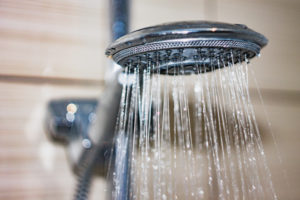Testicular self-exam
Testicular cancer is typically diagnosed in males between the ages of 15 and 35. While many cancers are internal and initially discovered due to symptoms, imaging or pathology, testicular cancer can be detected in its early stages by a testicular self-exam. It has been a longstanding tradition for women to perform a monthly self-examination of their breasts, but it’s equally important to check the testicles.
Testicle anatomy
Before undergoing a testicular self-exam, it’s important to have a basic understanding of testicles. Testicles are part of the male reproductive system. They produce both sperm and androgens (hormones), in particular testosterone. Testicles are encased inside the scrotum found just beneath the penis. Part of the testicular anatomy is the epididymis. This structure wraps behind each testicle and contains a head, body and tail. The tail of the epididymis connects to the vas deferens. It’s important to know about the location and structure of the epididymis when performing a self-exam.
Monthly testicular self-exam
The goal of the monthly exam is two-fold: to become more familiar with the anatomy of your testicles and to locate any abnormalities. Performing an exam is both brief and simple.
Step 1 – It is recommended to perform this exam either during or after a bath or shower. The warmth of the water allows the scrotum to relax making it easier to inspect each testicle.
Step 2 – It is easiest to use both hands while checking the testicles. It is recommended that you place the index and middle fingers behind and under each testicle while your thumb is on the top. Once in position, roll the testicle noting any lumps or irregularities. These abnormalities may be within the testicle, or on the surface. It’s important to also access if there is any unusual swelling.
It is important to understand where the epididymis is on each testicle. While performing a self-exam, you may feel this structure and mistake it for a suspicious lump. Any change in testicular structure should be reviewed by a qualified Urologist as soon as possible. There are many urological conditions that may affect the testicles including: hydrocele, varicocele, epididymal cysts and spermatoceles.
If you have discovered an abnormality in the testicles during a self-exam, contact Urology Austin to schedule an appointment with one of our providers as soon as possible.

